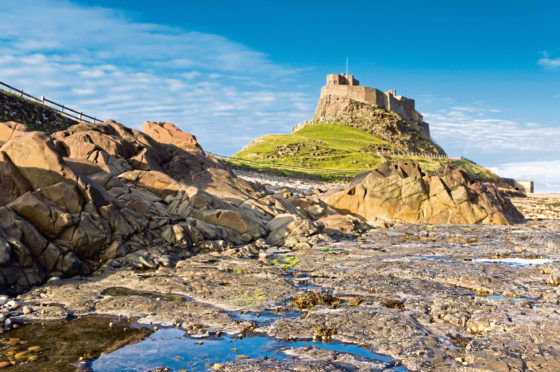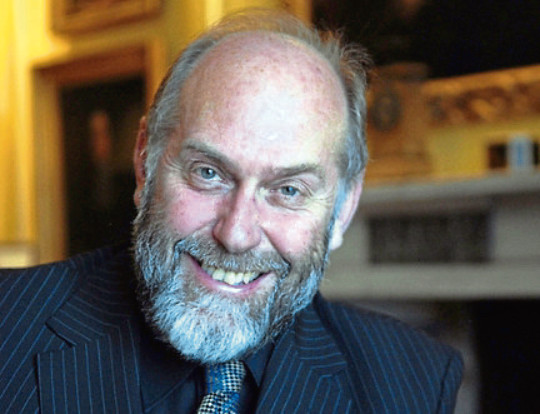
Lindisfarne is one of the most magical and historic places on the British Isles.
Writer Alistair Moffat has written a new book about the Holy Isle and told Murray Scougall the Honest Truth about what makes it special and why the ancient site continues to attract tourists.
What is your background?
I was born and raised in Kelso. After university at St Andrews, Edinburgh and London, I ran the Edinburgh Festival Fringe for five wonderful years. Then I worked in television for 18 years, finally as Director of Programmes at Scottish Television. From 1999 I have worked as a writer of, mainly, history books and founded the Borders Book Festival. From 2011 to 2014, I was honoured to be Rector of the University of St Andrews.
When did you first encounter the island?
In the summer of 1965 I walked across the causeway to Lindisfarne with two school friends. Not allowed to camp, we found ourselves stranded overnight on the island, terrified we would be arrested, or worse. I remember we hid at the top of a sand dune in the north of the island and I was posted as a lookout. What I remember particularly was staying awake as it grew dark and slowly sensing the peace of the place. I never forgot that. And we avoided arrest.
Why did you walk to the island from your Borders home?
St Cuthbert made Lindisfarne famous because of his exemplary life and the creation of a shrine to him on the island. But people forget he became a monk at Old Melrose, near where I live. He made a journey, probably more than one, to Lindisfarne and I wanted to walk in his shadow. I also wanted to go on a personal, secular pilgrimage – and all pilgrims should walk. It is part of the ritual.
Any surprising discoveries you made about the island?
I discovered it was two islands. The first was the busy, colourful tourist destination. And when the tide came in and made Lindisfarne an island again, it became somewhere else. A peace descended and the past seemed to come racing back across the centuries; the ghosts of saints walked, psalms were sung and a powerful sense of place pervaded. I was also very surprised to discover how moving the morning service at St Mary’s Church was. I am not a Christian but the ceremony was very comforting.
When and why did it become a holy island?
In 635, St Aidan came from Iona to establish a monastery on Lindisfarne and chose the place because it stood apart from the world, and yet was close to power – to Bamburgh, the castle of the kings of Northumbria.
What else makes it well known?
As trains rush past on the main line between Edinburgh and London, passengers see Lindisfarne’s fairytale castle on its rock and many visitors flock to see around it. Also people come to watch the birds and the colony of seals.
Does anyone live there?
About 180 people live permanently on the island.
What are some of Lindisfarne’s current attractions?
There are no attractions as such, simply the remains of its history – the ruins of the Benedictine Priory, the castle, the wonderful walks around the island and some very good restaurants and an excellent coffee shop. Holy Island gin, The Spirit of High Tide, is very good.
What continues to make it such a special place?
The aura of sanctity has never left the island.
Does its future look bright?
The island is well managed. The wonderful Lindisfarne Gospel – probably the most beautiful book ever made – is in the British Museum in London. If it was returned to the place where it was written and painted, and a special building created to house it, that would be of great benefit to the island’s future.
Alistair Moffat’s To the Island of Tides: A Journey to Lindisfarne is published on August 1, £20, Canongate

Enjoy the convenience of having The Sunday Post delivered as a digital ePaper straight to your smartphone, tablet or computer.
Subscribe for only £5.49 a month and enjoy all the benefits of the printed paper as a digital replica.
Subscribe